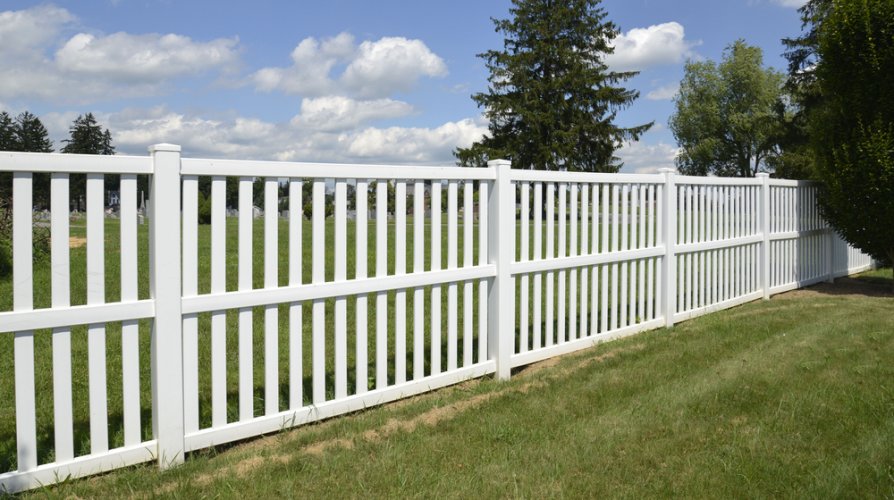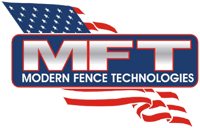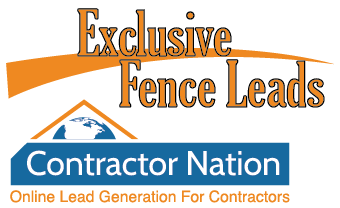
When it comes to building a sturdy and long-lasting fence, many homeowners focus on the type of wood or metal used, often overlooking the small yet pivotal components that can make or break the structure – fence brackets.
Fence brackets are metal or plastic components designed to connect fence panels to posts securely. They serve as the link between the horizontal rails of the fence and the vertical posts, providing stability and support to the entire structure. These brackets come in various shapes and sizes, catering to different types of fencing materials and designs.
Key Advantages of Using Fence Brackets
Fence brackets, those seemingly modest pieces of hardware, are the unsung heroes of a well-built fence. Their primary function is to connect fence panels to posts, but their impact on stability and durability is profound. Here are key advantages in using them…
1. Enhanced Stability
Fence brackets act as stabilizers by firmly attaching the horizontal rails to the vertical posts. This prevents the fence panels from swaying or leaning, especially in areas with strong winds or adverse weather conditions. The result is a fence that stands tall and resilient, offering better protection and security.
2. Distribution of Weight
By evenly distributing the weight of the fence panels across multiple brackets, the risk of individual components bearing excessive load is reduced. This balanced distribution not only improves the overall structural integrity but also minimizes the wear and tear on specific areas of the fence, contributing to its longevity.
3. Flexibility and Adaptability
Fence brackets provide flexibility in fence construction. They allow for adjustments and ensure a snug fit between panels and posts, accommodating variations in terrain or ground levels. This adaptability is crucial in achieving a visually pleasing and professionally installed fence.
4. Ease of Installation
Incorporating brackets simplifies the installation process, making it more accessible for both professionals and DIY enthusiasts. The brackets provide a secure connection point, eliminating the need for complex joinery techniques. This ease of installation translates to time and cost savings for the overall project.
5. Protection Against Rust and Decay
Quality fence brackets are often made from corrosion-resistant materials, such as galvanized steel or coated alloys. This protects the brackets from rust and decay, ensuring that they remain durable and effective over time. As brackets play a vital role in supporting the entire fence structure, their longevity is crucial for the fence's overall durability.
Diverse Types, Diverse Functions
Before delving into the installation process, let's explore the diverse types of fence brackets and their unique functions. Understanding these variations is fundamental to choosing the right bracket for your specific fencing needs.
There are several types of fence brackets designed for different purposes and materials. Here are some common types:
1. T-Post Brackets
- These are designed specifically for T-posts, which are commonly used for agricultural and temporary fencing. T-post brackets secure the fence to the post and provide stability.
2. Wood Fence Brackets
- These brackets are used to attach wooden fence panels to wooden posts. They come in various shapes and designs, including U-shaped brackets, wedge-shaped brackets, and more.
3. Metal Fence Brackets
- Metal brackets are versatile and can be used for various types of fencing materials. They are often used with metal posts and can be adjustable to accommodate different fence angles.
4. Vinyl Fence Brackets
- Designed for attaching vinyl or PVC fence panels to posts, these brackets are typically made of durable, weather-resistant materials that complement the longevity of vinyl fencing.
5. Chain Link Fence Brackets
- Chain link fence brackets are used to attach the chain link fabric to the posts and rails. They are often designed to hold the fabric at a specific angle and provide stability to the overall structure.
6. Corner Brackets
- These brackets are specifically designed for corners or angles in the fence line. They help maintain the structural integrity of the fence at turns.
7. Gate Brackets
- Gate brackets are specialized brackets designed to attach gates to posts securely. They are often sturdier than regular fence brackets to handle the additional weight and stress of a gate.
8. Deck Rail Brackets
- These brackets are used to attach fencing to deck railings. They are designed to secure the fence in place without compromising the structural integrity of the deck.
9. Concrete Fence Post Brackets
- For situations where the fence needs to be attached to concrete posts, specialized brackets are used. These are often designed to be bolted or otherwise attached to the concrete.
Always ensure that the brackets you choose are suitable for the type of fence material and the specific requirements of your project. Different brackets are available for various fence styles, and using the right bracket is crucial for the stability and longevity of the fence.
Installation Techniques
Now that we understand the types and functions of fence brackets, here is the installation process, ensuring that your fence is strong against the test of time.
Step 1: Gather Your Tools and Materials
Before diving in, gather the essentials: brackets, screws, a power drill, a level, and, of course, your fence panels and posts.
Step 2: Position Your Fence Panels
Hold your fence panels against the posts, ensuring they are level and aligned. Mark the spots where the brackets will be attached.
Step 3: Attach the Brackets to the Panels
Secure the brackets to the ends of the horizontal rails using the provided screws. Make sure they are firmly in place to withstand the elements.
Step 4: Align and Attach to the Posts
Hold the panels in place against the posts, aligning the brackets with the marks you made earlier. Attach the brackets to the posts, creating a robust connection between the panels and the vertical supports.
Step 5: Double-Check for Stability
Take a step back and inspect your handiwork. Ensure the panels are level, and the brackets are tightly secured. A stable and durable fence is within reach with proper bracket installation.
Fence brackets may be small, but their role in ensuring the stability and durability of your fence is anything but insignificant. Choosing the right type of bracket and following proper installation techniques are vital to the longevity of your fencing investment.
Think about the material too. Steel brackets are super strong and last a long time. If you want a more hidden look, go for aluminum brackets – they're sturdy and blend in nicely. To learn more about these essential tools and enhance your fencing project, take a look through our site to explore the wide range of our products.
Need help? Work with a professional installer who uses products from Modern Fence Technologies. Or, if this is a do-it-yourself type of project, ask your retailer for our products. Happy building!

